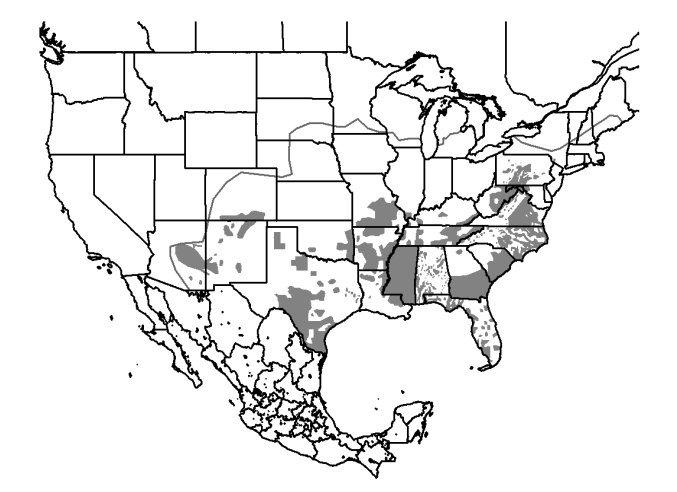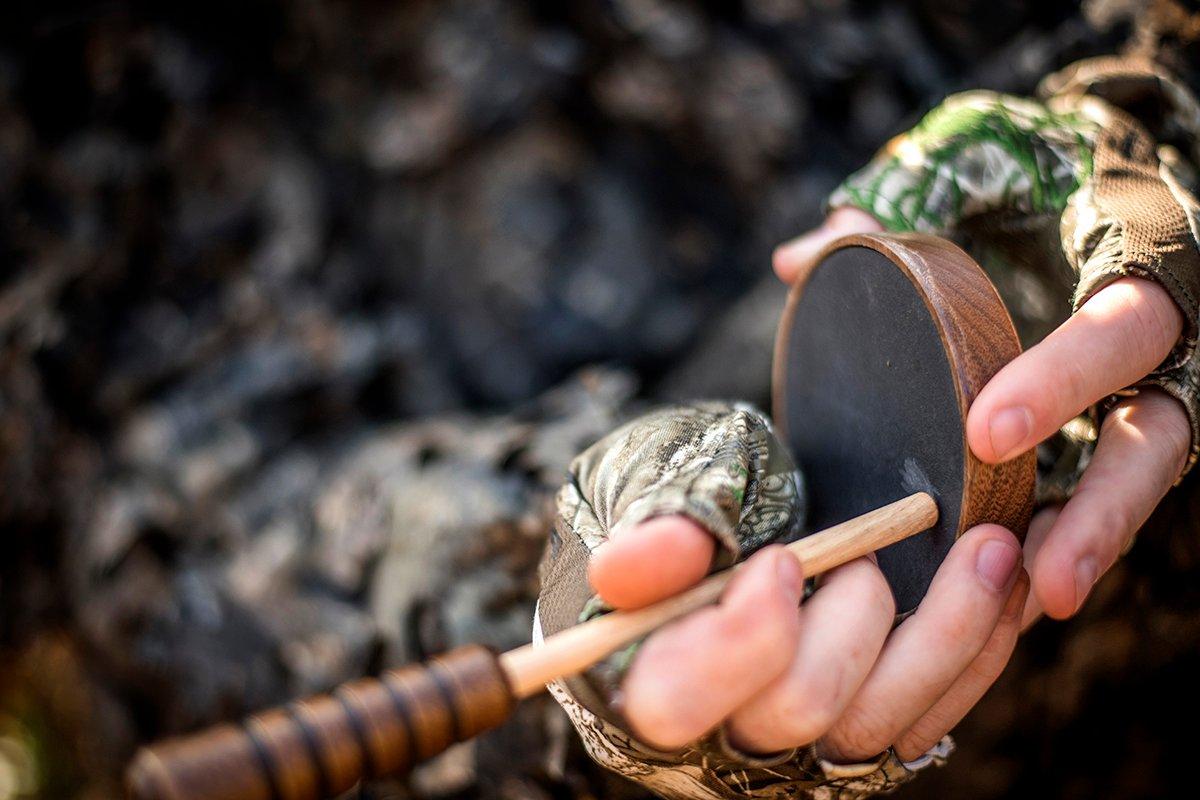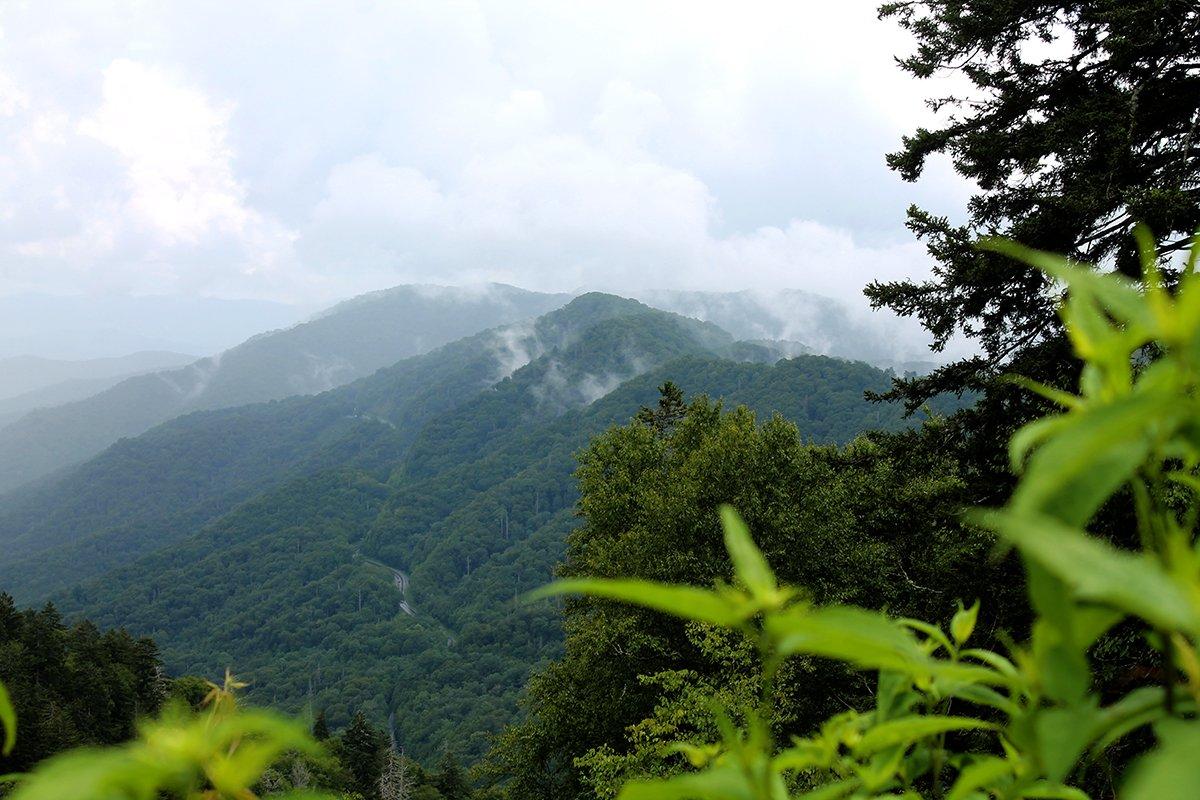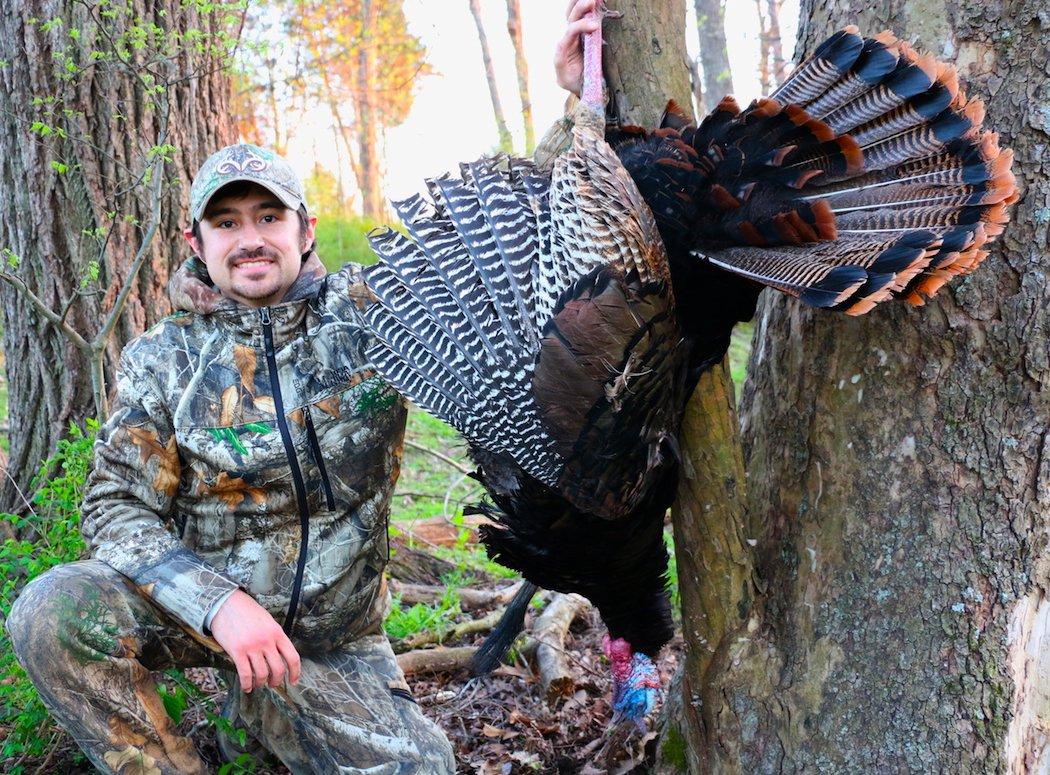Is the Deep South gobbler's reputation for elusiveness deserved … or more than a little overblown?
Many traveling turkey hunters will tell you: The toughest turkeys to hunt are in the South. In fact, I reached out to more than three dozen veteran hunters, and more than half of them confirmed it. Southern turkeys are simply the toughest to kill.
They point to a plethora of reasons behind Dixie's notoriously elusive, tight-beaked longbeards. But are any of them actually true? If they are true, what's the full story? I called a couple turkey biologists to weigh in on each of these reasons to see if they're credible, or not.
1. Male Birds Die Young
Turkeys that gobble the most draw more attention from hunters, greatly decreasing their chances of survival. Plus, hard-gobbling birds are usually 2-year-old turkeys (sometimes older), and being more susceptible to calling, these are among the first to die.
Credibility: Verified
According to Jeremy Wood, an Arkansas Game & Fish Commission turkey program coordinator, recent research revealed eye-opening data on gobbler survival rates. The harvest of Arkansas jakes is restricted to one per youth hunter, and as a result, very few jakes are harvested each year. More than 90% of jakes reach the 2-year-old age class. Then, things change.
Fast forward and 2-year-old gobbler survival is estimated at 33%, Wood said. At 3 years of age, survival jumped to 50%. This suggests, when you have multiple years of poor reproduction, most of the young birds are being harvested as soon as they're legal, and those that do survive tend to be older birds. It is not uncommon from band reports to have birds shot at 4, 5, 6-plus years old. Those birds aren't the type that are going to come running at a dead sprint right to the gun barrel. So, in successive years of low reproduction, like many southeastern states are seeing, it may be possible that the age structure is shifting somewhat and resulting in fewer older birds on the landscape that can be more difficult to hunt.
(Don't Miss: Pull Off a DIY Merriam's Turkey Hunt in 3 Days)
2. Gobbling Genetics are Changing
Turkeys have been hunted for longer in the Southeast than any other region of the country. There's a theory that hard-gobbling birds have been hunted out, and so have their genetics.
Credibility: Unlikely
There is no data on this specific idea, but I will say that throughout all our studies monitoring gobbling activity, the No. 1 driver of reductions in gobbles heard on the landscape is the removal of males via hunting on the landscape, said, Bret Collier, an LSU wildlife biologist who focuses on wild turkeys. That means there are fewer gobbles because there are fewer birds left to gobble, not because anything related to a vocal aggression gene has been harvested out.
In the off chance this trait is passed down genetically, southern birds trapped and moved to other areas should have led to shut-mouthed birds in those regions, too. Furthermore, many hunters would say gobbling intensity is declining everywhere, not just in the South. If we agree on that, this concept applies to turkeys everywhere, not just southern birds.
3. Turkey Flocks are Older
Turkeys populations hit bottom around 1930-1940. Most reintroduction occurred in the mid- to late-1900s. But areas of the Southeast have always had turkeys, and so many hunters believe those native populations are smarter and more difficult to kill.
Credibility: Unlikely
Truth is, areas of most southern states also experienced significant population drawdowns and subsequent reintroduction, including South Carolina, Georgia, and others. Reintroduction began decades earlier in parts of the South and took place in select counties (as opposed to statewide efforts), but reintroduction occurred nonetheless.
Arkansas required relatively extensive restocking efforts, Wood said. I do not believe completing stocking earlier had much to do with how hard birds are to hunt in the Southeast.
At one time this argument could've made sense. Turkey flocks that are expanding into new territory and then hunted for the first time are often easier to hunt. That was the scenario in much of the country in the early 2000s. These days, turkey flocks have stabilized and have been hunted just about everywhere.
(Don't Miss: Bowhunting Turkeys is Hard. This Advice Makes it Easier.)
4. There Are More Hunters Per Turkey
The South has a rich turkey hunting tradition, with more hunters competing for the same turkeys, and often on smaller tracts of land. Small tracts of land mean more hunters per square mile on what's available, but also limit a hunter's ability to move on a gobbling bird — which compounds the problem of tough hunting.
Credibility: Likely
In theory, it makes sense that fewer turkeys and more hunters would mean southern turkeys are harder to kill. But are the turkey-to-hunter ratios actually the worst in the Southeast? I checked in with Turkey Hunting Nation to see. It's not an even distribution. Some southern states indeed have poor ratios, including Alabama (0.6:1), Arkansas (1:1), and West Virginia (1.4:1). But in Georgia (6:1), Mississippi (5.6:1), and North Carolina (4.6:1), the ratios are pretty good. Meanwhile, the ratios in some Midwestern states like Indiana (0.4:1) and Iowa (0.7:1), are worse than in the South.
Point is, there's more to the story — but raw license sale data doesn't always tell the full story of hunter participation. Simply put, southerners love their turkey hunting. Arkansas, like many southeastern states, has deep turkey hunting roots that go back many years, Wood said. The pursuit is much more of a tradition than you see in many northern states.
5. Turkeys Are Call Shy
Longer seasons lead to more encounters between turkeys and hunters. This increases the number of times turkeys hear fake vocalizations, making them all the more educated.
Credibility: Unlikely
Roger Shields, the Tennessee Wildlife Resources Agency wild turkey program coordinator, says it's possible that southern turkeys are more educated, thanks to longer seasons, higher bag limits, and more hunters per square mile. But he also believes eastern turkeys might just be naturally quieter and more difficult to call in than other subspecies, but not call-shy in the traditional sense.
Collier chimed in, too. I think there are some individual birds that are just harder to kill, he said. We have seen GPS-tagged males stay within relatively small areas near where hunters are regularly hunting, and they are never harvested.
(Don't Miss: Clean Your Turkey Gun in 5 Easy Steps)
6. There's More Cover
You can't kill what you can't see. In the South, expansive pine plantations and hardwood stands cover vast blocks of landscape. This hinders visibility, calling, and decoying.
Credibility: Likely
Shields reflected on a 2012 study by Duane Diefenbach and others that was published in The Journal of Wildlife Management. It looked at harvest rates in New York, Ohio, and Pennsylvania. The study observed effects on wooded coverage ranging from 8-96%. It concluded that percentage of cover can have a small effect, with about 2-5% difference in harvest rate.
In more open habitat, birds are simply easier to spot and decoy spreads are easier for gobblers to see, Shields said. Of course, that could just as easily work against a hunter, because once a gobbler sees what he believes are turkey hens across the field, he may be more likely to hang up across a large opening waiting for the hens to come to him.
Shields also referenced a 2017 Mississippi study, which discovered gobbler abundance is inversely related to forested cover. It determined that relative abundance peaked with approximately 29% hardwood coverage and declined as forest coverage increased.
It [might] be birds either perform better and occur in higher numbers in areas of greater habitat fragmentation, or they simply are more concentrated into the limited forested areas in highly fragmented landscapes, Shields said. Either way, it suggests higher relative abundance of birds could translate into higher encounter rates for hunters and more gobbling activity as birds are triggered to gobble when they hear other birds gobble. Of course, all of this is still speculative.
7. There are More Predators
One of the most common reasons hunters say southern turkeys are so difficult is that high predator populations condition them to keep quiet.
Credibility: Unlikely
Black bears, bobcats, cougars, coyotes, raptors, raccoons, and more all call the Southeast home. Some places have all the above. But do these predators impact gobbling?
There is no evidence that wild turkeys reduce the volume or intensity of gobbling due to changing predator communities, Collier said. For male wild turkeys, the No. 1 mortality source is hunter harvest, and our research across the southeastern United States indicates that if males are not harvested, they have a very high probability (greater than 90%) of being alive at the start of the next hunting season. Obviously, turkeys are risk averse, but there is little if any evidence of broad scale reductions in gobbling activity, intensity, or volume across any level of predator abundance.
(Don't Miss: What Do Wild Turkeys Eat?)
Fact or Fiction
All things considered, most hunters still undoubtedly say southern turkeys are harder to kill. HeadHunters TV's Nate Hosie has hunted turkeys all over America, and he says they can be stubborn just about anywhere, but it's the South that really tests hunters' skills. Those turkeys don't tolerate pressure well, and once they are hunted, they get tough, Hosie said. Others like Strut Commander's Jordan Summit, All Things Hunting's Kyle Barefield, Turkeys for Tomorrow's Ron Jolly, and competitive turkey caller Anthony Virga all agree with him on that point.
But others aren't so sure — and at minimum, the reasons why behind the southern turkey's tough reputation could be overblown. I don't have any data that shows wild turkeys in the southern U.S. are any harder to kill than a turkey anywhere else, Collier said. My anecdotal opinion is they are not. The rule I would say is that southeastern turkeys are not harder to kill, on average, but every once in a while, you get one that just drives you nuts.












